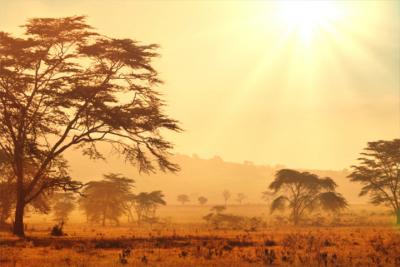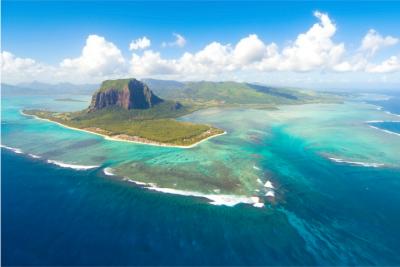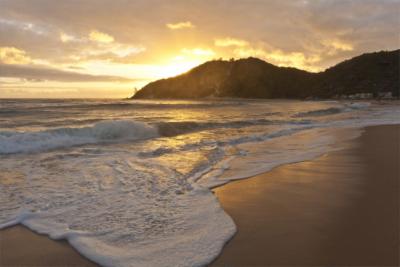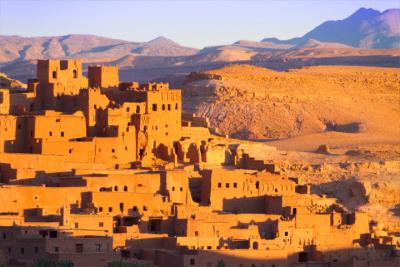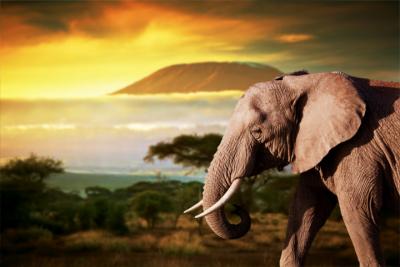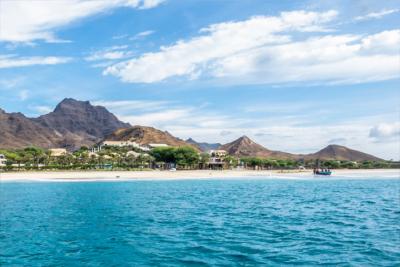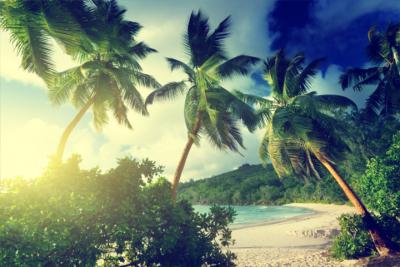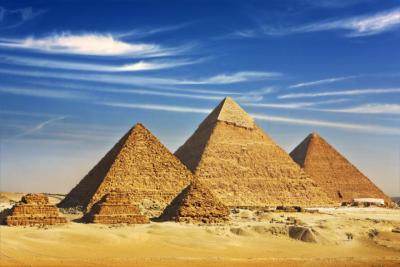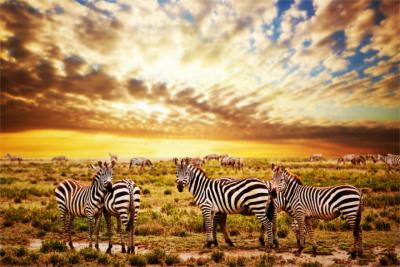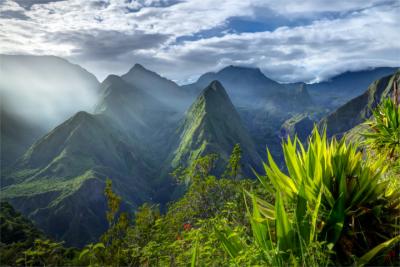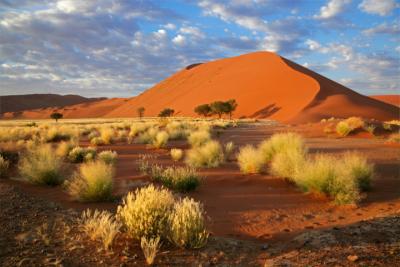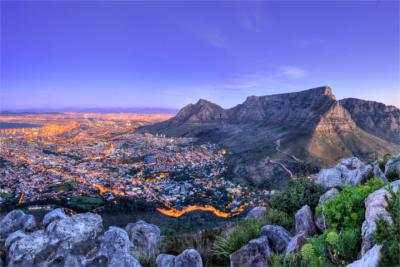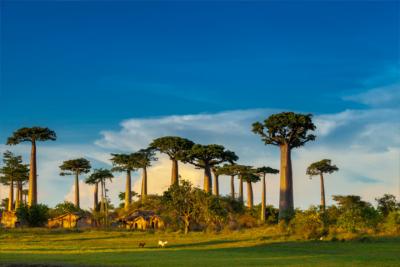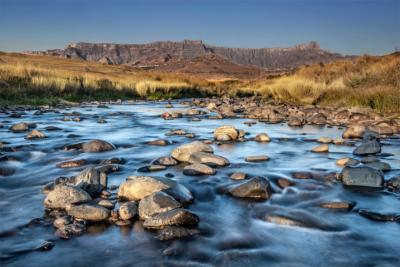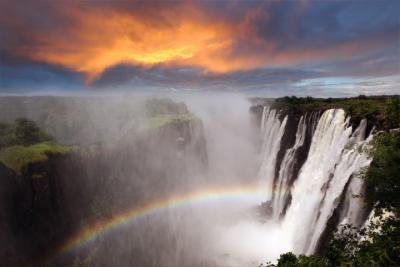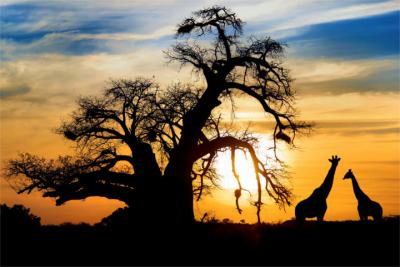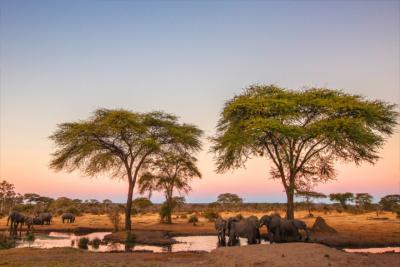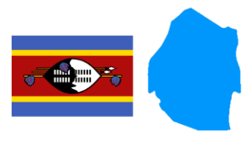Travel Offers
Travelmyne Featureprint
Distance
Swaziland - A Kingdom Full of Traditions
Deep-rooted traditions and the system of the monarchy characterise Swaziland's culture. They created a living environment which has its own unique character. In addition, the country has the property which makes the continent Africa an appealing travel destination - a diverse, exotic nature with a rich fauna.

Geography - Africa in a small state
The inland state Swaziland lies between South Africa and Mozambique. This kingdom in southern Africa is the continent's second smallest state. In its west you find the spacious upland Highveld and the Drakensberg with their highest peak Emlembe (1,862 m). Towards the east the country first changes to hilly and then to flat, fertile regions. In the far east the Lebombo Mountains cross the country. The climate is generally subtropical with high humidity and warm temperatures around 26 °C (November to March) or 13 °C (April to October).

Nature - Some of the last wild black rhinoceroses
Vast areas of the country are covered by the typical, African savannah, which is vegetated by faded, half-height grasses and knobby trees. This environment is home to some of the last wild black rhinoceroses as well as elephants, giraffes, zebras, lions, cheetahs and antelopes. The fertile lowlands are covered by lush shrubs. In addition, the region is mostly used for the cultivation of sugar cane, which is shown in mighty plantations. These vast areas are framed by a world of harsh, rugged mountains.

Natural sights - The impressive Maguga Dam
The idyllic, lushly vegetated Ezulwini Valley, which contains a hot spring among other things, is especially worth seeing and invites visitors to relax. The valley is a popular starting point for exploring Swaziland. You get a feel for the country's natural beauty on a trip to the scenic Mantenga Falls and the Mlilwane Wildlife Sanctuary, which are populated by giraffes, zebras, hippopotamuses and crocodiles. You find vast plains, which you can walk observed by lions, cheetahs, rhinoceroses and giraffes, in the Hlane Royal National Park in the north-east. You can reach the impressive Maguga Dam, which is 115 metres high and dams up the Komati River, from Piggs Peak. The town's surroundings are characterised by a wonderful landscape with waterfalls, little rivers and hills.

Culture - A nation aware of its traditions
Swaziland was once a British colony. Since it gained independence in 1968, it has had an absolute monarchy, which is the last one in Africa today. Traditional medicine, celebrations and ceremonies such as the "First Fruits Celebration" for the determination of the harvest season still play a major role in the people's lives. They are characterised by vibrant, expressive dances.

Cultural sights - Mysterious rock paintings
The Swazi Cultural Village and the National Museum of Swaziland in Lobamba are great locations for getting to know what is characteristic of Swaziland and its population. A visit to the cultural and economic centre Manzini with its Mantenga Craft Centre is also a great idea. Alternatively, you can walk along the alleys of the relaxed capital Mbabane, which is characterised by a colourful mix of modern and historical buildings. Travellers who want to see the mysterious rock paintings of the Bush people can do this is the region Nhlangano, for example. Another attractive sight is the glass factory in Piggs Peak, in which you can watch the production of filigree glassware.

Experience - Getting to know Swaziland
Visitors can taste the local specialities at the many market stalls, which string together at the sides of the roads. They sell meat soup, maize porridge, grilled corncobs and traditional Swazi beer. You also get the typical local wood carvings, ceramic bowls, pearl handicraft, jewellery or drums there. The festivals Incwala in December and Umhlanga in September show how traditions are celebrated in Swaziland. At the Umhlanga thousands of women dance for the king, who occasionally chooses another wife during this ceremony. Especially Mbabane and the Ezulwini Valley are suited for going out at night as they have a number of clubs, discos and casinos.

Activities - Through Swaziland by bike
In the native landscapes you can go on safaris far away from large groups of tourists. Walking through deserted nature for hours or doing tours on horseback or by mountain bike are popular activities. A common sport is also white water rafting on the Maputo River. Furthermore, there are facilities for golfing with the Royal Swazi Spa Valley as the best-known golf course.

Information
Holidaymakers can arrive by plane at the airport in Manzini (MTS). Tourist buses and trains make travelling between South Africa and Swaziland possible. You can reach most regions within Swaziland by car. Since English is the second official language, you can easily communicate using it.
Swaziland is ideal for experiencing Africa's sights small scale. Lovers of nature can watch most of the continent's landscapes with their exotic fauna in a calm environment. The country is also worth a visit for lovers of culture who want to learn about the special history and tradition of Africa's last kingdom.

